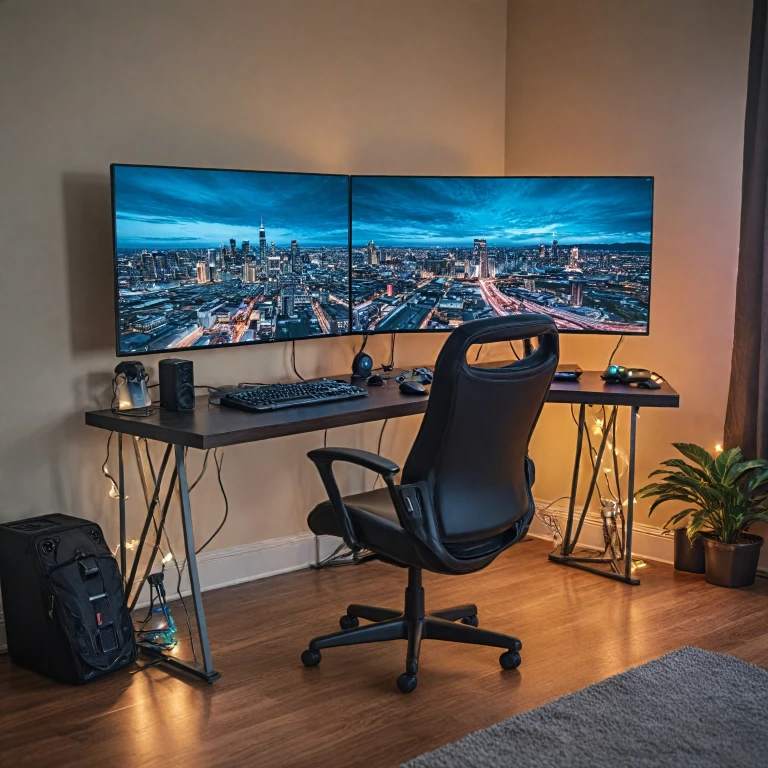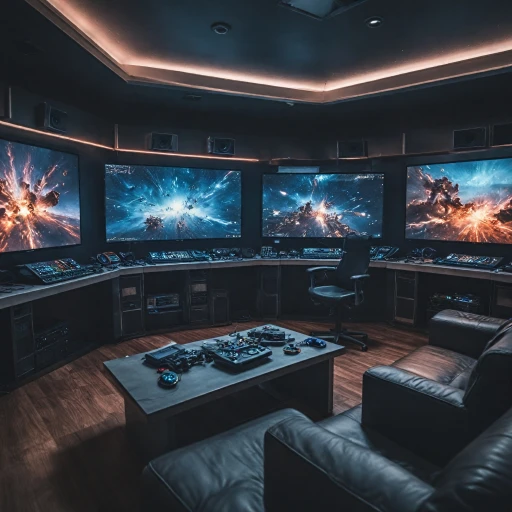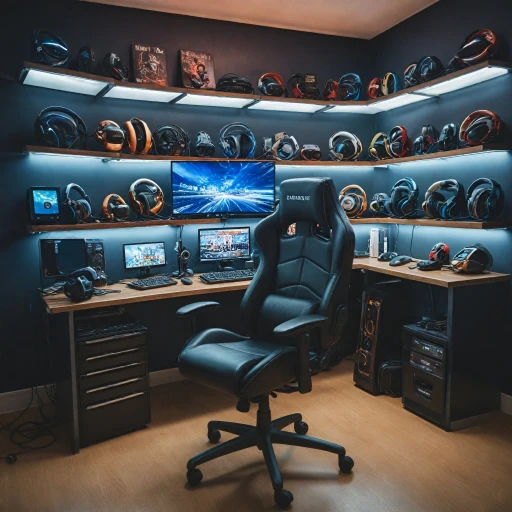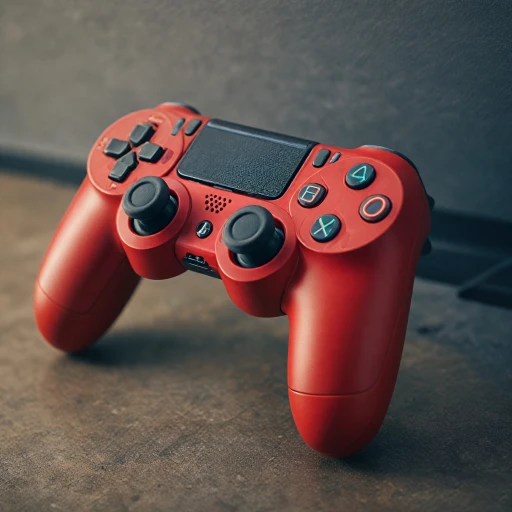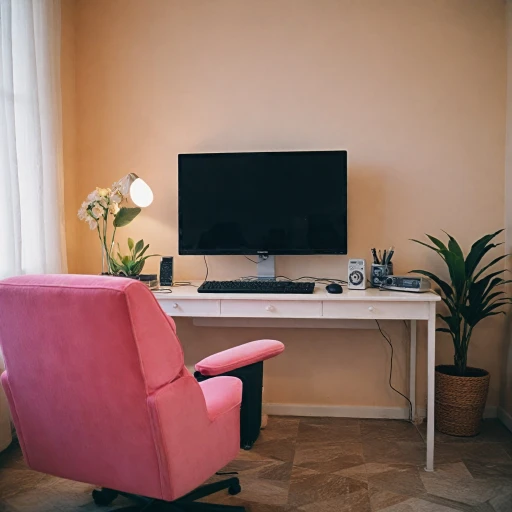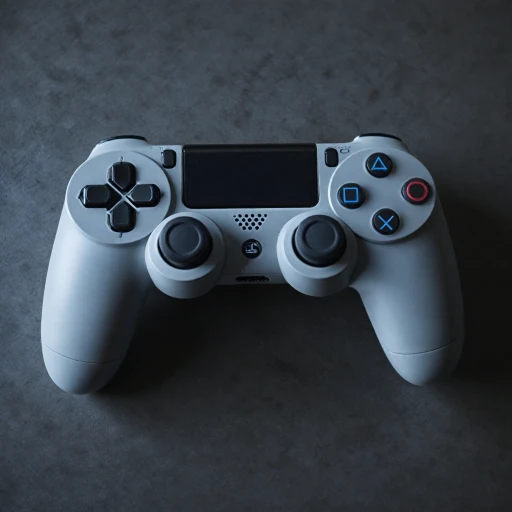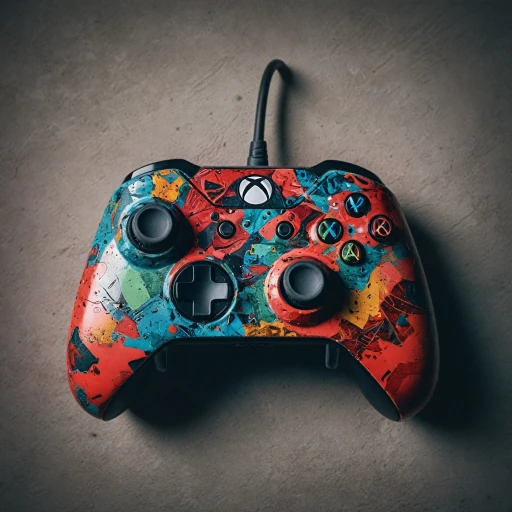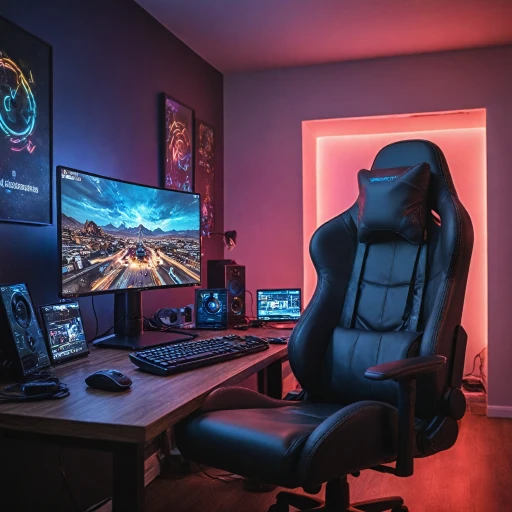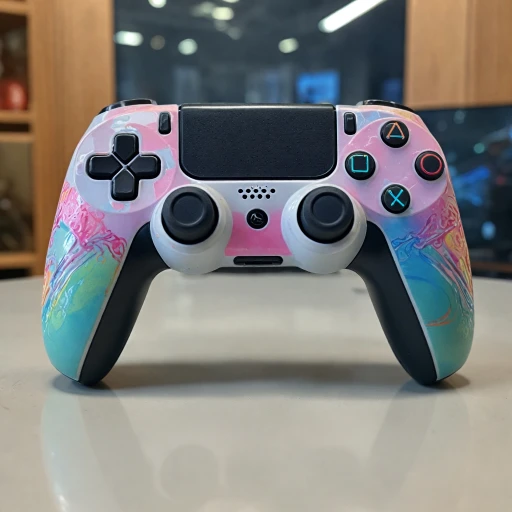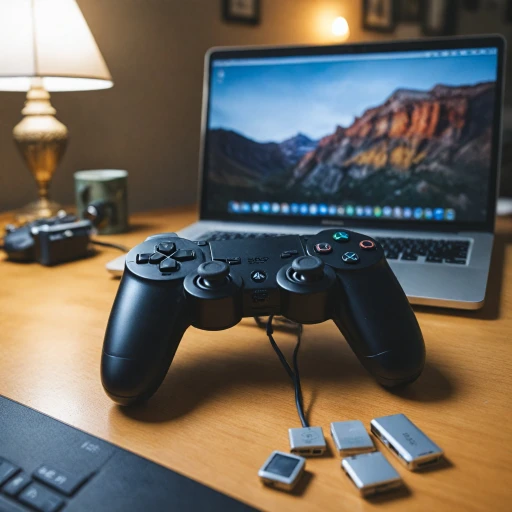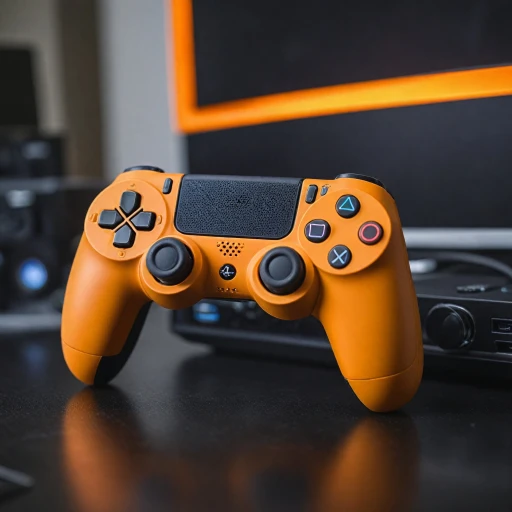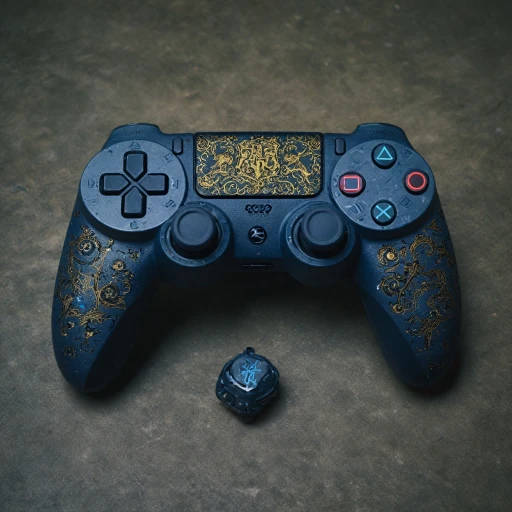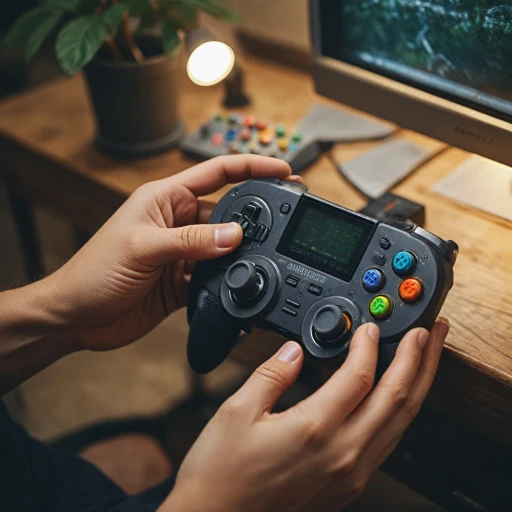
Understanding Compatibility
Ensuring Your Xbox Controller Works Seamlessly with Your PC
When it comes to gaming on a computer, understanding the compatibility of your Xbox controller is crucial. Whether you're using an Xbox Elite or a standard Xbox wireless controller, ensuring that your device is properly connected and recognized by your computer can significantly enhance your gaming experience.
First, let's talk about the different types of Xbox controllers available. The Xbox wireless controller and the Xbox Elite controller are popular choices among gamers. Both offer unique features and can be connected to your PC via USB or Bluetooth. However, not all controllers are created equal, and some may require additional steps to ensure compatibility.
For those opting for a personalized Xbox Elite controller, it's important to check for any firmware updates that might be needed. Updated firmware can fix potential issues and improve the overall performance of your controller.
Once you've confirmed your controller's compatibility, the next step is to connect it to your computer. This can be done using a USB cable or by pairing it wirelessly through Bluetooth. If you're using a wireless adapter, make sure it's properly installed and configured. The process of connecting your Xbox controller to Windows is straightforward, but it may require some troubleshooting if your device won’t connect initially.
In the following sections, we'll delve deeper into choosing the right connection method, setting up your controller on Windows, and customizing your controller settings to suit your gaming style. Whether you're a casual gamer or a competitive player, mastering these aspects will help you get the most out of your Xbox controller.
Wired vs. Wireless: Choosing Your Connection
Deciding Between Wired and Wireless Options
When it comes to connecting your Xbox controller to your PC, one of the first decisions you'll face is whether to go wired or wireless. Each has its benefits, and the choice often depends on your personal gaming style and preferences.
Using a USB cable to connect your Xbox controller is straightforward. It offers a plug-and-play experience, meaning minimal setup time. Simply take your USB cable and connect the controller to one of your computer's USB ports. This method ensures a stable connection without worrying about battery life, making it ideal for long gaming sessions.
On the other hand, if you prefer less clutter on your desk, considering the wireless option might be more appealing. The Xbox wireless controller can connect to your PC using Bluetooth or an Xbox wireless adapter. To connect via Bluetooth, ensure your computer's Bluetooth driver is updated. Simply press the Xbox button and hold the pair button on the controller to start pairing, and follow the prompts on your computer to complete the connection. It's important to note that not all Xbox controllers are Bluetooth-compatible, so double-check your model if your device won't connect.
If you find yourself in need of more advanced features, or if button customization is your priority, the Xbox Elite controller might be worth exploring. It offers more options for tweaking your gaming experience, although it generally comes at a higher price point.
Explore more about the allure and versatility of various controllers in this article to further understand your options.
Setting Up Your Xbox Controller on Windows
Making the Xbox Controller Work on Windows
Connecting your Xbox controller to your Windows computer is a straightforward process. Whether you choose a wired or wireless connection greatly influences the setup steps, but rest assured, both options are equally seamless. First, for a wired setup, using a USB cable remains the classic approach. Simply connect your Xbox controller to your computer using the USB cable, and Windows should automatically recognize the device. The system will install the necessary drivers to get you started, facilitating a quick and hassle-free setup. Meanwhile, opting for a wireless connection offers more freedom of movement, and Windows supports both Xbox Wireless and Bluetooth devices:- Xbox Wireless: If your computer has a built-in Xbox Wireless feature, connecting the controller is straightforward. Press the Xbox button to power on the controller, and hold the pair button until the Xbox button starts to flash. On your computer, navigate to "Settings" > "Devices" > "Bluetooth & other devices," and click "Add Bluetooth or other device." Select your Xbox controller from the list to complete the pairing process.
- Bluetooth: For Bluetooth-enabled computers, a similar approach applies. Ensure Bluetooth is enabled on your PC, and follow the same pairing procedure mentioned above. This method also suits those utilizing an Xbox Wireless adapter, which can be connected directly to your computer via USB for a smooth connection pathway.
Customizing Controller Settings
Exploring the Controller Settings Menu
Once your Xbox controller is connected to your Windows computer, whether via USB cable, Bluetooth, or a wireless adapter, it's time to delve into its settings to enhance your gaming performance. To start, open the Xbox Accessories app on your Windows device. This app is a hub where you can access and modify the settings of your connected Xbox controllers.
In the app, navigate to the controller tab. Here, you’ll find several options to customize your gaming experience. Take a moment to explore these settings, as they can greatly impact how well the controller fits your playing style and preferences. For instance, you can remap each button on the controller, adjusting their functions to better suit your needs. This feature is particularly useful for multi-functional games that require complex button combinations.
If using an Xbox Elite controller, you’ll have even more customization freedom. This device allows for in-depth configuration, such as adjusting the stroke width of the triggers or changing the feel of the thumbsticks. Customization is especially valuable for players who enjoy multiple genres, from fast-paced shooters to intricate RPGs.
An updated device might run into compatibility issues, but these can often be fixed within the same app through software updates or troubleshooting options. If your Xbox controller won connect, a quick look here might solve your problem.
Spend some time in this controller settings area to find the perfect configuration that will amplify your gaming potential. Adapting the settings to match your gaming needs can make a vast difference in your in-game performance and enjoyment.
Utilizing Third-Party Software
Enhancing Your Gaming Experience with Third-Party Software
When using an Xbox controller for PC gaming, sometimes the built-in functionalities just aren't enough to create that perfect gaming experience. That's where third-party software comes in handy. These applications enhance your control over the Xbox controller, offering features that aren't available through standard settings. One popular tool you can use is an application called Xbox Accessories App. Though primarily for updating and configuring your Xbox controller, it doesn't offer full customization features like remapping all buttons or adjusting sensitivity settings deeply. For those seeking more advanced controls, consider third-party apps which elevate your gameplay:- Xpadder: This software allows you to map keyboard keys and mouse movements to the Xbox controller buttons, breathing new life into older, non-controller-supported games.
- JoyToKey: A lightweight alternative to Xpadder, this software transforms gamepad inputs into keyboard and mouse input. It's compatible with various games and applications, allowing your Xbox Elite or wireless controllers to interface seamlessly with your Windows computer.
- DS4Windows: While originally for the DualShock 4, this handy utility can also serve for Xbox wireless and USB cable connectivity issues, offering more personalized button setups and a broader range of customized settings.
- InputMapper: As an evolving software platform, InputMapper is continually updated to handle new device compatibility issues, filling gaps where other tools might not function ideally.
Exploring Game Compatibility
Compatibility Across Diverse Games
When it comes to using an Xbox controller for PC gaming, understanding which games are compatible with your controller can elevate your gaming experience. While many modern games on Windows are designed with full support for the Xbox controller, there still might be variations in how different titles handle these inputs.- Native Support: A majority of games on platforms like Steam provide native support for Xbox controllers. This means that once you connect the controller—whether by USB cable or through an Xbox wireless adapter—the game should automatically recognize it. Always ensure the game's settings are updated to the latest version for optimal functionality.
- Older Games: Some older games might require adjustments in the controller tab of the game's settings to fully map the controller buttons. If a controller won’t connect or recognize, checking online forums or player communities can offer solutions.
- Fixed Compatibility Issues: There are third-party software solutions available that can fill the compatibility gaps. Utilities like Controller Companion or x360ce can help if your game doesn’t natively support the Xbox controller. These tools effectively translate your controller's input into recognized keyboard or mouse commands.
- Cross-Platform Titles: As more games become available across different platforms, ensuring your controller works flawlessly should be a priority. Titles that are available on both Xbox and Windows typically offer seamless controller integration.
